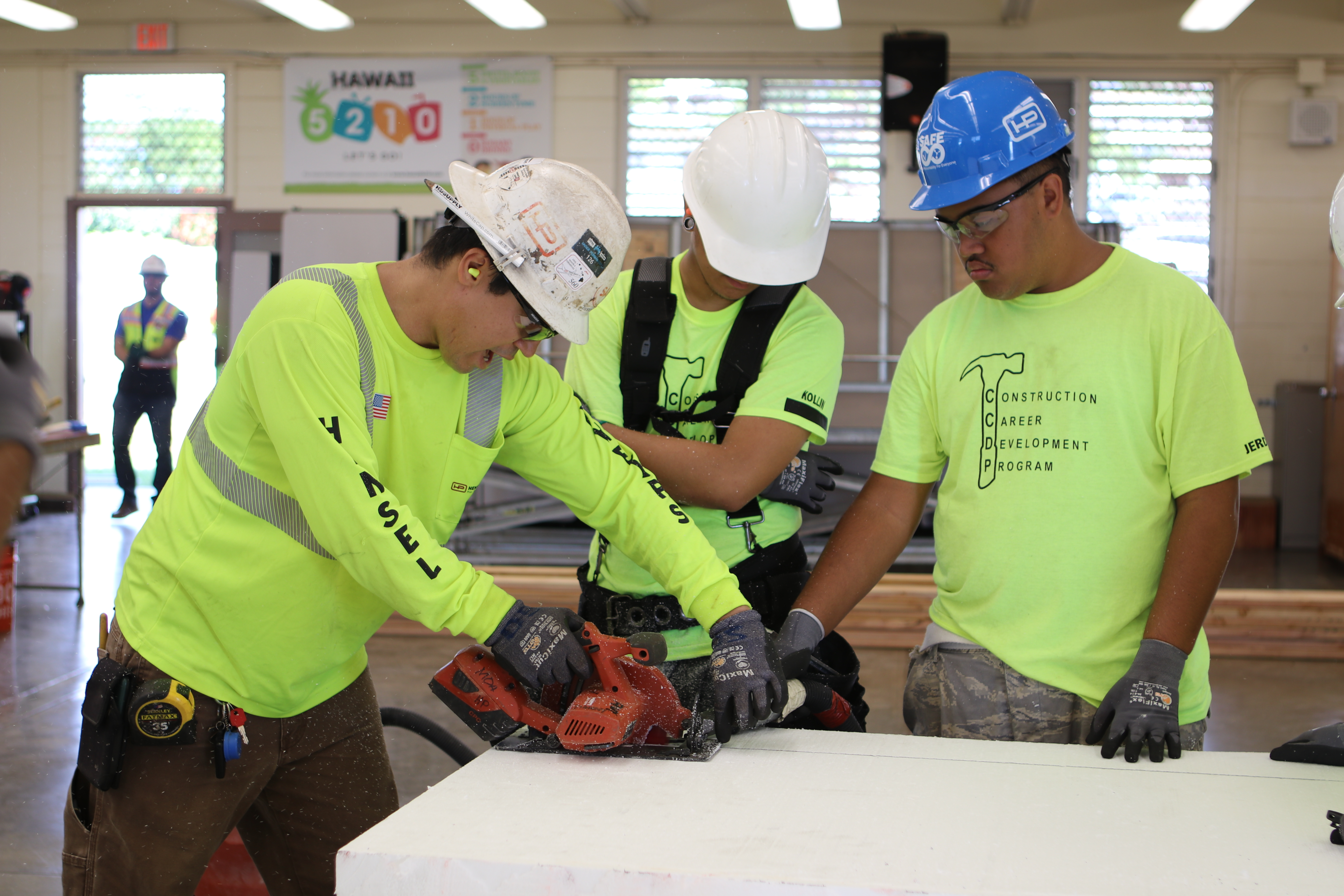 College and Career Readiness
College and Career Readiness
If we fulfill our five promises to our students, our students will develop the skills they need to succeed in college, the career of their choice, and their community.

 College and Career Readiness Measures
College and Career Readiness Measures
Graduation rates and college-going rates are key indicators of student preparedness for college, career and community.
 College and Career Readiness by Race/Ethnicity
College and Career Readiness by Race/Ethnicity
Equity in education is ensuring that personal and social circumstances of students, such as ethnicity, new arrival and socioeconomic status, do not hinder academic achievement, and that all students have access to the same academic standards through differentiated, quality supports.
 College and Career Readiness by Student Group
College and Career Readiness by Student Group
The Every Student Succeeds Act requires reporting of outcomes for economically disadvantaged, English language learner, and special education students as well as those who are in foster care and homeless.
 College-going Rates by In- or Out-of-state
College-going Rates by In- or Out-of-state
This represents the percentage of high school diploma graduates enrolled in a post-secondary institution in the fall following graduation that is located in Hawaii (in-state) or elsewhere in the U.S. (out-of-state).